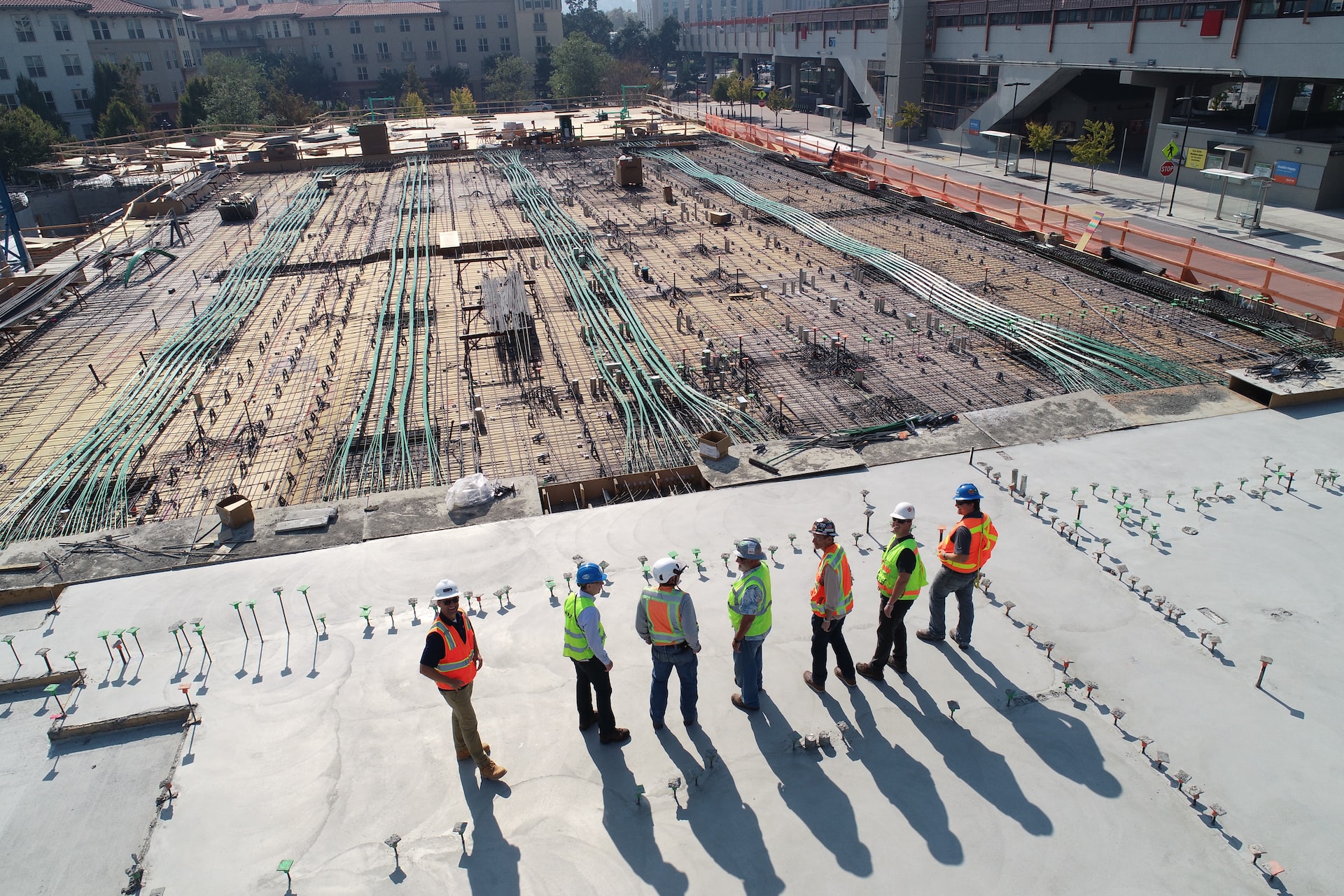Impact of Modular Buildings on Today’s Construction Methods
Modular buildings are constructed in sections or “modules.” They are built in a factory and then transported to the construction site.
The process takes less time and is more cost effective than traditional construction methods. It can also reduce waste and environmental impact.
They are More Affordable
Modular buildings can be a lot more affordable than traditional construction. It is due to several factors, including decreased labor costs, increased productivity and the ability to finish projects faster.
The modular building process also allows for better quality control of the materials. It means the finished product is more durable and has a longer lifespan.
In addition, the construction process also involves less waste because it uses less material and is more scalable. It makes it more economical for builders and clients alike.
Several companies like BMarko Structures are using modular construction to build multifamily housing units in booming cities across the United States of America. They claim they can cut construction costs by half and finish projects in half the time. They hope their process will spur a shift in housing affordability for those who want to live in these markets.
Many of these companies are focusing on subsidized affordable housing.
These firms have pitched their modular methods to shake up the industry in booming cities struggling with high rents and housing shortages.
Buildings are Built in Sections or “Modules”
A modular building is a building that is built in sections or “modules.” These buildings are produced in factories and then transported to their final location. They can be used for both residential and commercial applications.
Modular construction offers numerous benefits over traditional construction. It is much more cost-efficient and faster to build, and it can be adapted for new needs without having to build from scratch.
It also requires less material than conventional buildings, making it more environmentally friendly. According to WRAP, modular construction generates up to 90% less waste than a site-built structure.
Quality is essential to modular builders because of the factory environment; all components are built to a specific standard. Since each module is done by a team of experts in a controlled environment, they are more likely to spot errors early in the process.
Having these teams spot errors before they reach the building site allows for better quality control and accuracy than traditional construction. It ensures the finished product is of the highest quality possible and lasts for years.
There are a few challenges to modular construction, however. These include transportation issues and land restrictions, especially in residential markets.
They are Constructed Off-Site
A modular building is a construction method that takes place off-site. These buildings are manufactured in factories, then transported to their final location for assembly.
These buildings can be built of wood, steel or concrete. They are also designed to meet traditional buildings’ standards and codes.
Compared to site-built buildings, modular buildings are completed 30-50% quicker. It is because the indoor construction process can take place alongside the site work.
It also means that the risk of weather damage is significantly reduced, which helps to keep the project timeline on track. Additionally, the risk of theft at the site is minimized, which can help keep costs down.
Modular construction is an effective way to deliver quality, affordable homes that are safe and environmentally friendly. It is becoming increasingly popular in the construction industry because of its many benefits. These include improved productivity, quality, schedule certainty, cost predictability and decreased waste generation.
They are Constructed To The Same Standards as Traditional Structures
The buildings use the same architect-specified materials as conventional structures – wood, concrete and steel. It makes modular construction faster, more straightforward and less expensive than traditional on-site building.
Modular buildings are also designed to the same building codes and standards as conventionally built structures. The factory-controlled process produces less waste, creates fewer site disturbances and allows for tighter construction.
A significant advantage of modular construction is that it allows more quality control than on-site building because the modules are manufactured in a factory setting with strict oversight from higher-ups. It is especially helpful in process engineering, as materials are used more efficiently, and stock management becomes more accessible and predictable than in a site-built environment.
Modular construction is also much more cost-effective, relying on economies of scale to reduce costs throughout the building. It can lead to lower building expenses, and the materials used in modular construction can be more easily reused or recycled for other projects.
The ability of modular structures to accommodate isolated sites and regions with restricted access to construction is another crucial advantage. It can be a massive advantage in places with potential markets far from industrial centers, such as mining towns. It can also be beneficial when hiring skilled labor is difficult or impossible – for example, in the health and education sectors.







0